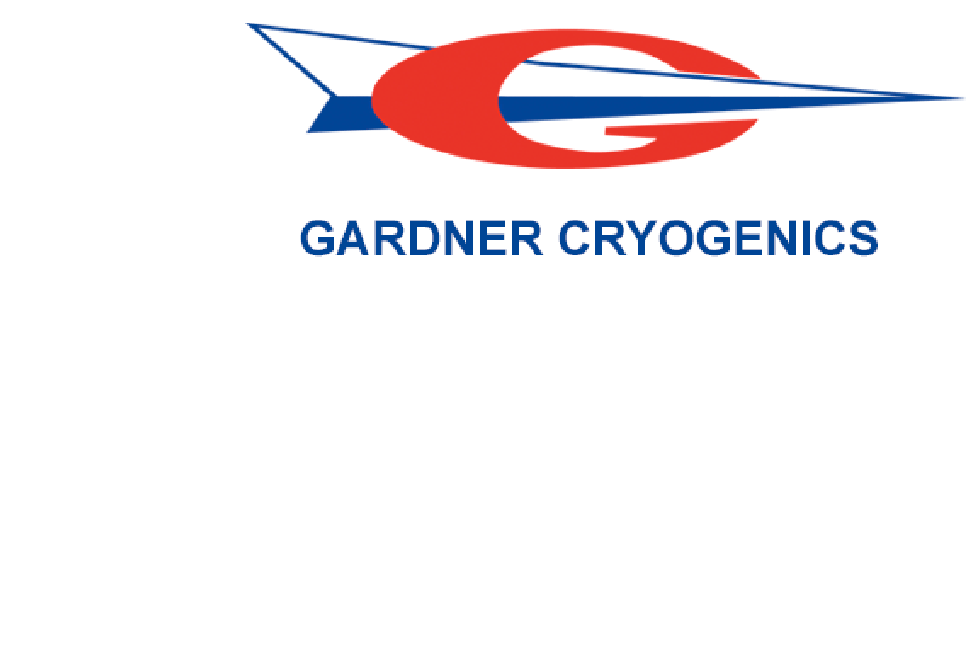Efficient Distribution and Storage for Reliable Backup
With a global network of storage and transfill facilities for refined liquid helium, Air Products can deliver the support and service that all customers require.
Our Gardner Cryogenics business is the recognized market leader in the manufacture of helium distribution and storage equipment. Gardner’s state-of-the art shipping containers, tankers, and stationary storage tanks provide the highest performance with the lowest heat leak and longest hold times available. This means liquid containers arrive with as much helium as is technically possible, whether the journey was right down the road or across many oceans.

